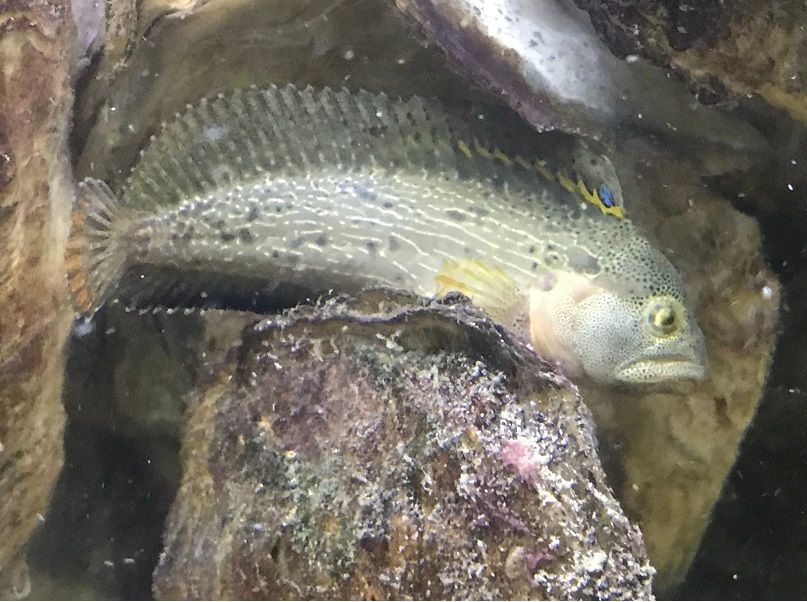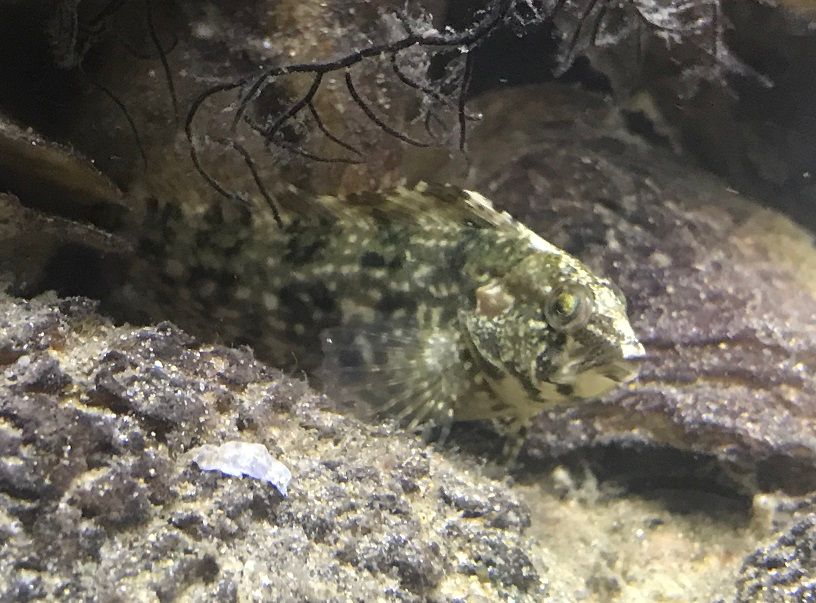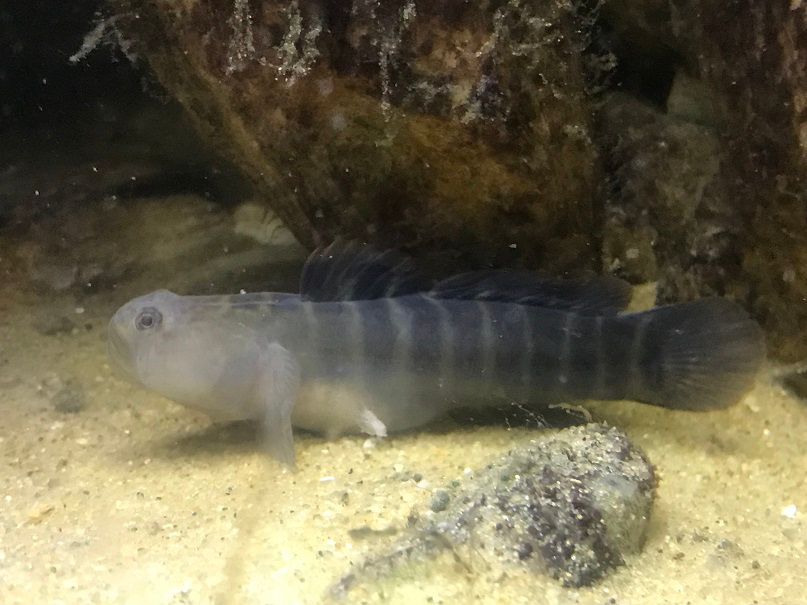i cant think
Wrasse Addict
View Badges
Excellence Award
Reef Tank 365
Article Contributor
UK Reef Club Member
Rock Pool Reef Keepers
My Tank Thread
My Aquarium Showcase
Out of curiosity do you have a photo of all three blennies?I have three blennies in my tank, one doesn't have a continuous dorsal and another isn't a bottom dweller. The other has pectoral fins for walking.
It sounds to me more like you have a Dragonet which isn’t a blenny at all but I could be wrong.


















